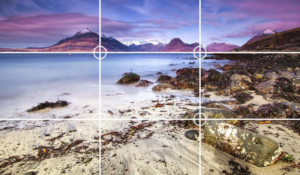ISO in Photography: A Complete Guide
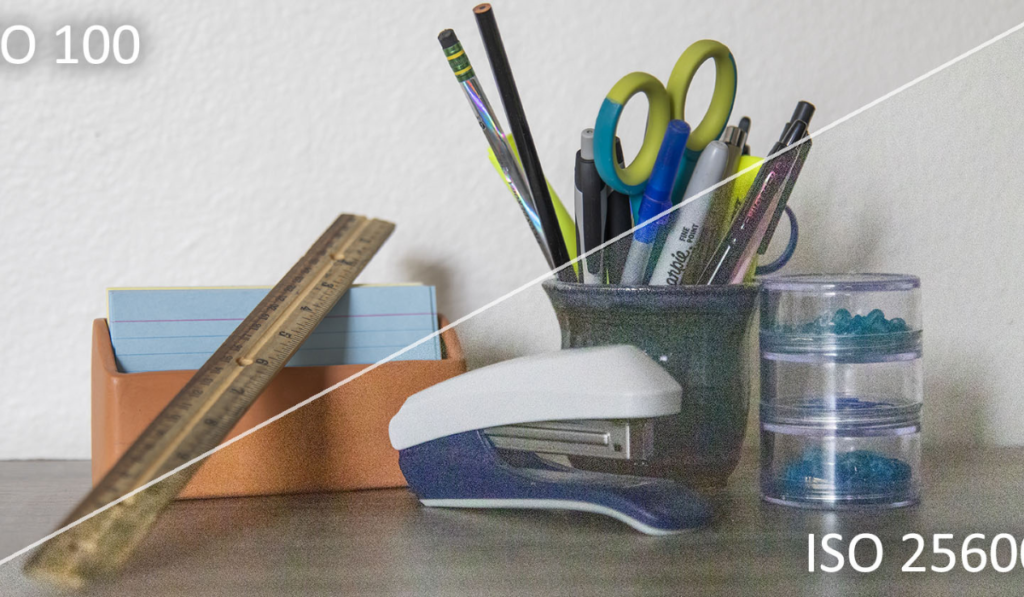
ISO is often mistakenly interpreted as a measurement of sensor sensitivity. It’s actually an amplification level applied to the image that affects its brightness. The ISO does not change the sensor sensitivity, but it adjusts the brightness after capture. ISO is one of three fundamental elements of photography. Along with shutter speed and aperture it plays a vital role in controlling exposure.
Definition and Function
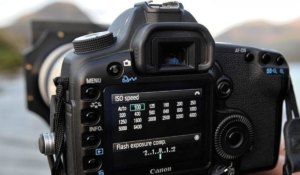
ISO (International Organization for Standardization) is a camera feature that amplifies the light signal captured to adjust the brightness of the image. ISO does not alter the sensor’s sensitivities, but rather acts as an amplification factor after capture. Increased ISO will brighten the image while a decrease in ISO will darken it.
Base ISO
Each camera has a default ISO. This is usually the lowest ISO in the native range of that camera (usually around 100 or 200). The sensor signal is not amplified at base ISO. This results in the best image quality and dynamic range. To minimize noise and maximize the quality of images, it’s important to use base ISO as often as possible.
ISO and Brightness

ISO can affect the brightness of a photo. Higher ISO values brighten images by amplifying captured light signals, while lower ISO values dim the image. Increased ISO may cause more noise and compromise image quality.
ISO and Image Noise
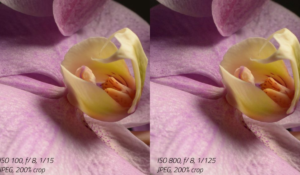
Higher ISO values increase both the desired signal and unwanted noise. Low ISO values result in better image quality and less visible noise. To achieve desired brightness and minimize noise, it’s important to balance ISO settings.
Setting ISO
It is recommended that ISO be kept as low as possible to achieve the best image quality. Consider shutter speed and aperture settings when increasing ISO to get the right exposure. Use long shutter speeds and wider apertures to keep ISO low in well-lit areas.
ISO Invariance
Modern cameras have varying degrees in ISO invariance. This means that the image quality can differ when ISO is adjusted in-camera or in post-processing. Understanding your camera’s ISO capabilities and the potential for image quality differences is essential.
Extended ISO Range
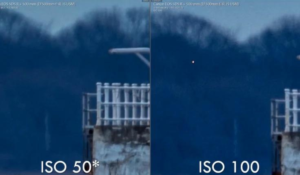
Digital modifications can compromise the image quality and dynamic range. For optimal results, stick to the native ISO value and avoid extended ISO settings whenever possible.
The conclusion of the article is:
ISO is an important aspect of exposure control, as it affects both brightness and image quality. Understanding its implications and function will help photographers make better decisions for optimal results. Mastering ISO allows photographers to achieve their desired results, whether they are capturing landscapes at daylight or action shots in low light.

